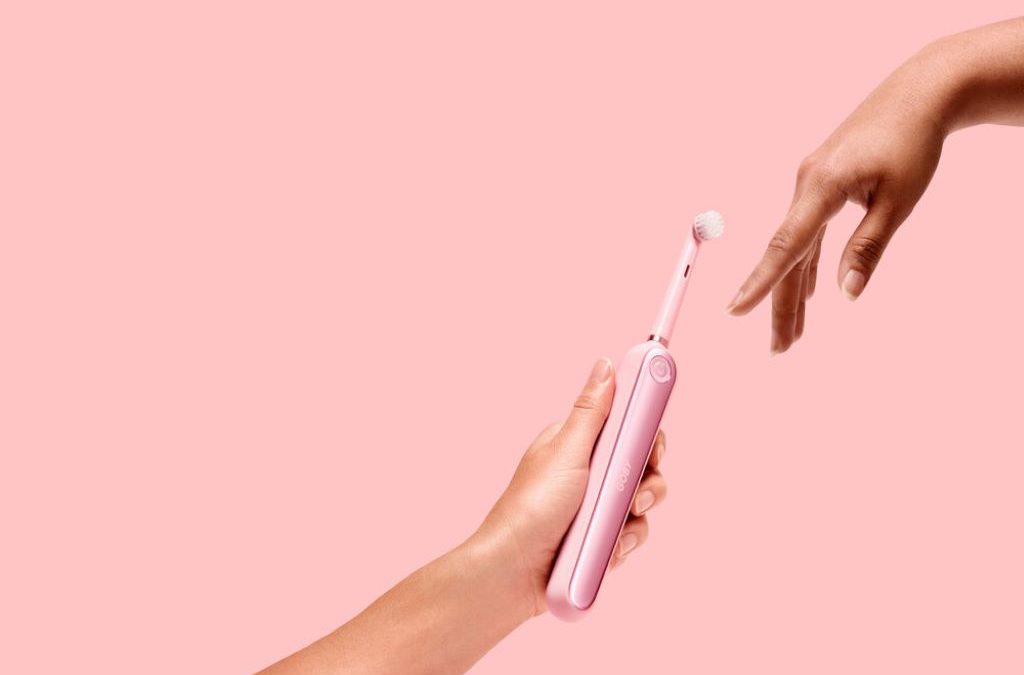Sometimes it can be difficult to know when to replace your toothbrush. It’s something that many of us forget to do, meaning that our teeth and gums pay the price. When its bristles are frayed and damaged, you don’t get an effective clean, leaving plaque and bacteria to build up on your teeth. Even worse, harmful germs and bacteria can accumulate over time on your toothbrush, putting you at risk of illness and infection,
For these reasons, it’s important to replace your toothbrush regularly. Read on to find out more about replacing your toothbrush and why it’s necessary.
Types of Toothbrush
When it comes to brushes, you have two choices: manual or electric. The kind you choose depends on personal preference and practical considerations such as budget, but there are a few things you should know about both to inform your decision.
Manual brushes are much cheaper, smaller, and portable than electric ones. You have a wide choice of styles, sizes, and firmness, and you are in control of the amount of pressure it places on your gums and teeth.
On the other hand, electric toothbrushes give you a more effective clean due to the rotating motion of the bristles. This makes it much easier to get in between your teeth and close to the gum line, removing more plaque in the process. Depending on the make and model you choose, electric devices offer built-in sensors to time how long you brush for and monitor pressure. They are, however, bigger, more expensive, and require charging.
In summary, you should choose something within your budget that’s convenient and simple for you to use. If you’re not sure what to go for, ask any of our staff at Dentrix Dental when you come in for an appointment!
When Should You Replace Your Toothbrush?
As a general rule, you should be replacing your toothbrush or toothbrush head every 3 to 4 months. This isn’t set in stone and should be used only as a guide. If you see frayed, split bristles, this means it needs replacing.
If you or a family member has been sick, consider replacing all toothbrushes or heads currently in use in your bathroom to prevent contamination and spreading illness.
Why It’s Important to Replace Your Toothbrush
Whether you choose an electric or manual brush, remember the golden rule: replace it every 3 to 4 months to ensure you’re getting the cleanest teeth possible.
You need to replace your toothbrush because natural damage and wearing down of the bristles reduces the efficiency of the brush. When bristles fray, they don’t reach deep between the teeth to remove food particles, bacteria, and plaque.
Furthermore, your toothbrush harbours bacteria and germs that flourish over time. When left too long, you put yourself at risk of infection. This is particularly true if you have recently been ill, so consider replacing it sooner in these cases.
How to Look After Your Toothbrush
Aim to keep your toothbrush clean and protected from germs. To this end, you should rinse it after every use in clean running tap water. This will get rid of food particles, toothpaste, and saliva.
Store your toothbrush in an upright position, ideally in a dedicated holder. This will keep it clean and allow the bristles to air dry. This is preferable to keeping your toothbrush in a closed container because the closed space keeps it moist and can aid bacterial growth.
Bottom Line
Don’t forget to replace your brush (or brush head) on a regular basis. This should be, at the very most, every 4 months. Neglecting to change it can result in poor oral hygiene, as your teeth and gums aren’t being cleaned effectively. Even worse, it could cause infection or illness from bacterial growth.
Keep your mouth happy and remember to replace your toothbrush!

